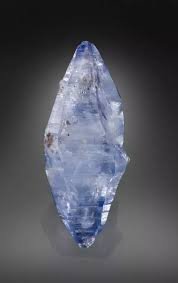The Gem of Gemini - The Blue Sapphire
Sapphire – The Royal Gem
When Britain's Prince William slipped an 18-carat oval blue sapphire ring on to the finger of his beloved, Kate Middleton in October 2010 he was not just gifting her the famous engagement ring of his late mother, Princess Diana, or simply announcing to the world his great love and commitment to Kate.
He was in fact continuing an age old tradition of lovers throughout history: a tradition probably started by King Solomon of biblical fame who wooed his beloved, the Queen of Sheba with sapphires, way back in the 10th Century BC.
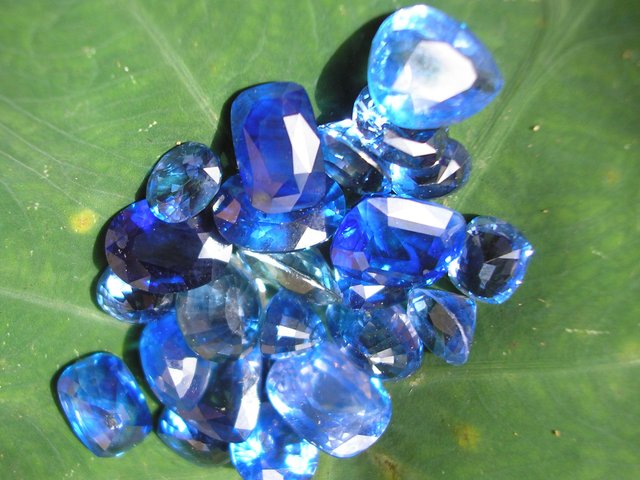
The big coincidence is that the 21st Century Prince and the 10th Century BC King used gems from the same source – the gem gravels of Sri Lanka – to win them love. Even more amazing is that though these discerning gifts of love were presented more than 3000 years apart, the gems could in fact be sisters, conceived in the earth at the same time, many millions of years ago.
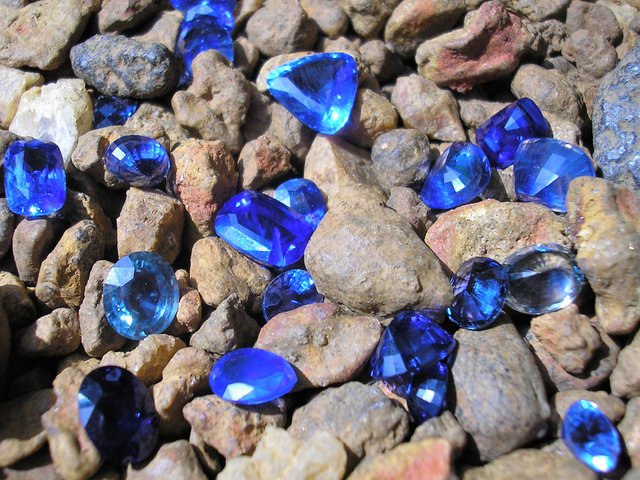
Ratnapura is the source of all three of the world’s biggest and finest faceted sapphires: The Blue Giant of the Orient (466 carats) – unknown owner, perhaps British, Logan Blue Sapphire (423 carats) owned by American National Gem Collection., and the Blue Belle of Asia (400 carats).
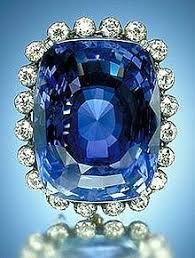
But blue is not the only sapphire color being picked out of the gem gravels here - a spectrum of colors, described in the trade as fancy sapphires are regulars in the miners' baskets. Colors range from pink to yellow, green to gold, as well as orange, purple, violet, black and white.
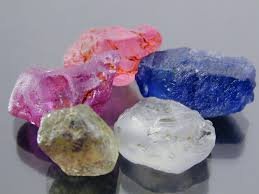
One of the rarest and most sought after colors, almost exclusive to the gem gravels of Sri Lanka, is the exquisite orange-pink or padparadsa sapphire named after the soft blush of a lotus flower being kissed by the morning sun.
Members of the corundum family, the sapphire, the emerald and the ruby, are 9 on the Mohs hardness scale, just after the diamond that is 10, and so are very durable gems. No wonder we can find them among all royal jewels and collections. All corundum are crystallized aluminum–oxide (Al2O3), and they get their colors from different inclusions. Blue, green and yellow comes from certain isotopes of iron and titanium, the rose, violet and orange from chrome.
Being a social project as well, the Serendib Jewelry uses gems of amazing size, yet, traditionally not cased, from the so called “bottle” of the miners of our village that is safely kept in every home. However, so far they have only expected to use them as gifts for special guests. Serendib Jewelry has made possible that the beauty of our sapphires finally come to light and shine for everybody’s joy – including those who will wear them.
